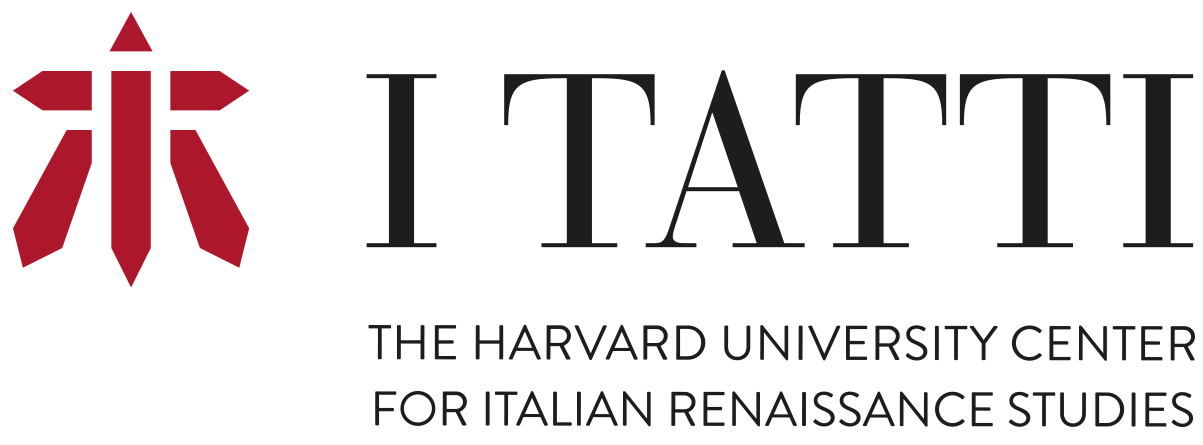
When this year's organizer, Fellow Cyril Gerbron, began planning the two-day excursion, he wanted to give the I Tatti community a glimpse of rarely seen sights of Rome, such as the Palazzo Farnese and the Villa Medici.
We began the excursion by visiting the Diocletian Baths and "Michelangelo's Cloister." The site provided the community with an opportunity to reflect on how ancient Roman spaces were preserved and reappropriated in the Renaissance. In the afternoon, we visited the Oratorio del Gonfalone, once home to a Catholic confraternity. Cyril Gerbron guided the group’s viewing of the oratory, focusing on the frescoes depicting the scenes of the Passion and the intricately carved wooden ceiling. Cyril drew special attention to the emblems of Cardinal Alessandro Farnese setting the stage for our next stop, the Farnese Palace. Currently the seat of the French Embassy, the Farnese Palace was first designed in 1517 for Cardinal Alessandro Farnese who became Pope Paul III in 1534. We toured the gardens, the ancient floor mosaics, and several galleries. The highlight of the visit was the discussion of the frescoes depicting the history of the Farnese family. Cyril provided key insights into the blend of myth and history, noting the Farnese’s appropriation of Aeneas as their ancestor. Surprisingly, the French ambassador joined the conversation, commenting on the wall paintings she views daily. We stepped into the Baroque period in our tour of the Palazzo Falconieri, seat of the Accademia d'Ungheria, where we visited rooms, designed by the architect Francesco Borromini, and then ascended to the roof terrace to take in the beautiful panorama of the city. Our tour was graciously arranged by Fellow David Falvay. Thanks to the arrangements of Fellow Francesco Lucioli, our day ended with a traditional Roman meal with such delights as carciofi alla giudìa and fiori di zucca. We were shown a different part of the city at dinner, feasting at Al Pompiere in the area of the former Jewish ghetto. 
Day two began with an early morning visit to a hidden jewel of Roman Baroque architecture, the church, Sant'Andrea al Quirinale, designed by Gian Lorenzo Bernini. Fellow Laura Moretti provided an overview of Bernini's architectural innovations, noting the integration of painting and sculpture within the church. The visit ended with a viewing of Pierre Legros’ sculpture of Saint Stanislaus Kostka. Afterwards we returned to ancient Rome with a visit to the Domus Aurea. Our knowledgeable guide led us through the underground palace and noted how artists of the Renaissance, such as Raphael, would visit the Domus Aurea for artistic inspiration. We ended our excursion with a visit to Villa Medici, currently the seat of the French Academy in Rome and formerly the estate of Ferdinando I de' Medici. Francesca Alberti, a current Villa Medici Fellow, organized a lovely lunch and extensive tour of the Villa which included the grounds, the rooms of Cardinal Ferdinando de Medici, and the roof terrace. Fellow Lia Markey added her insights on Ferdinando's art depicting the New World, rounding out a trip made memorable by the expertise of the Fellows.
Jennifer De La Guardia & Denva Jackson
